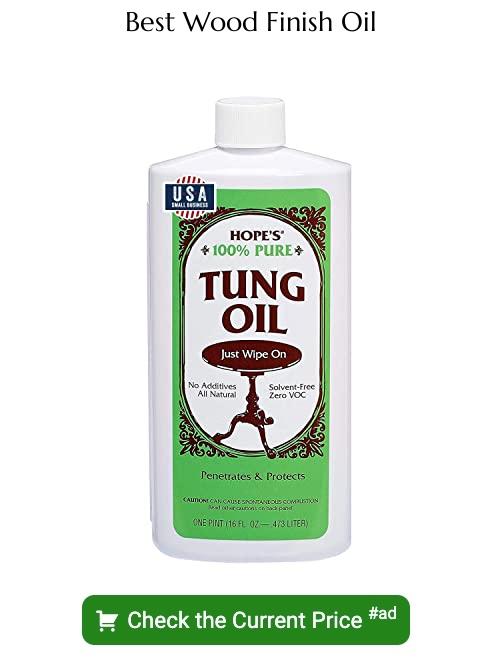Last updated on
Discover the world of alternatives to linseed oil in this blog, where we unveil various options for artists and DIY enthusiasts alike.
Welcome to my latest blog post where we will explore alternatives to linseed oil. Linseed oil has been a popular choice for home decorators and DIY enthusiasts for many years, thanks to its ability to protect and enhance woodwork.
However, it is not the only option out there. In fact, there are several other products that can give you similar results without breaking the bank.
Whether you are looking for a more eco-friendly option or simply want to try something new, this article will provide you with all the information you need to make an informed decision. So let’s dive in and discover some exciting alternatives!
Linseed Oil Alternatives for Painting

If you are an artist, you may be looking for alternatives to linseed oil that can give your paintings a unique finish. One option is tung oil, which has been used in traditional Chinese painting for centuries.
Tung oil dries quickly and creates a hard surface that resists water and scratches. It also enhances the natural colors of wood grain or pigments.
Another alternative is walnut oil, which has similar properties to linseed but without the yellowing effect over time. Walnut oil dries slowly but produces a flexible film that does not crack or flake off easily.
Sunflower and safflower oils are other options worth considering as they have low toxicity levels compared to some other oils like linseed or poppy seed oils.
Linseed Oil Alternatives for Wood

However, there are several alternatives that can provide similar results without the drawbacks of using linseed oil. One such alternative is Tung Oil.
Tung Oil is extracted from the nuts of the Tung tree and has been used in China for centuries as a wood finish. It provides excellent protection against water damage and scratches while enhancing the natural beauty of wood grain.
Another great option is Walnut Oil, which not only protects but also nourishes wooden surfaces with its high concentration of omega-3 fatty acids. It dries quickly and leaves behind a beautiful satin finish that brings out the natural colors in your woodwork.
Safflower Oil is another alternative worth considering if you’re looking for an affordable option that’s easy to find at your local store or online retailer. This non-toxic oil penetrates deep into wooden surfaces providing long-lasting protection against moisture damage while giving off minimal odor during application.
Linseed Oil Alternatives for Finishing
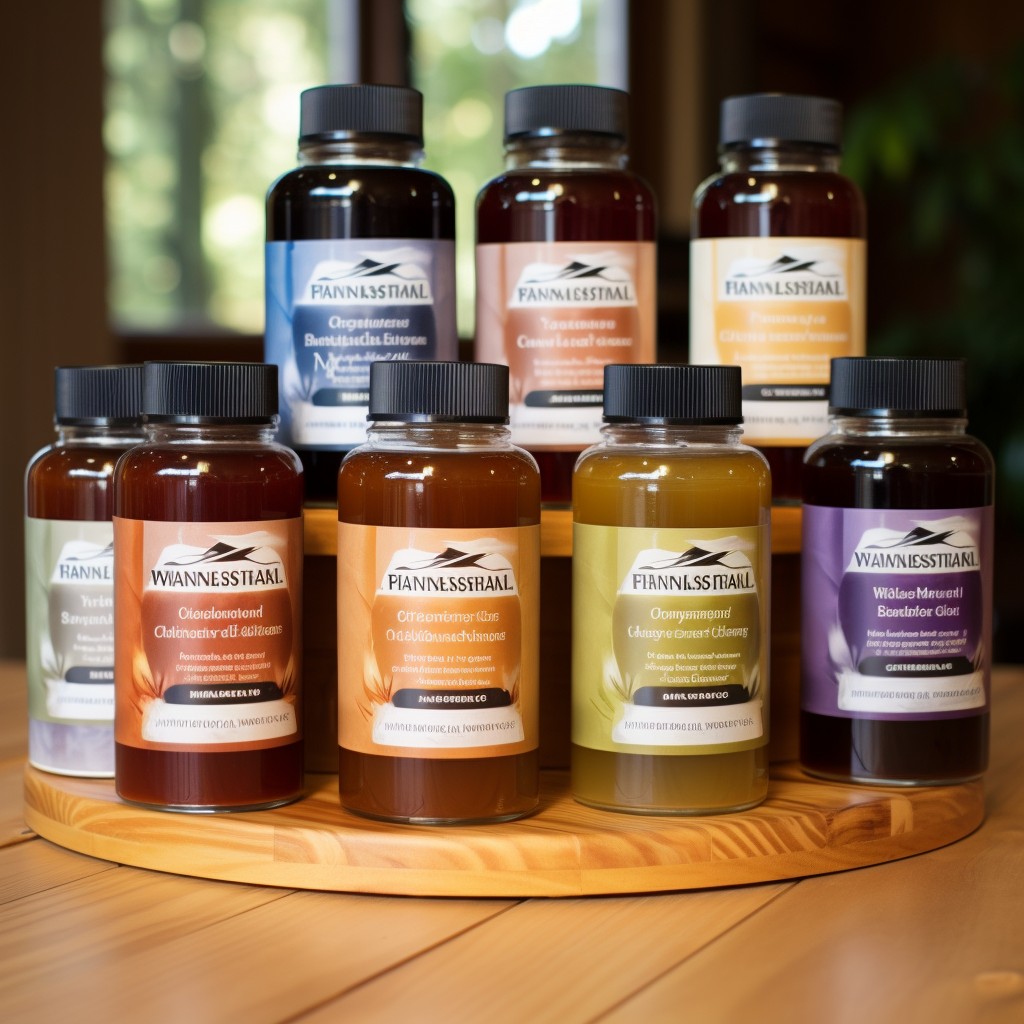
However, there are other options available that can give you similar results. One such alternative is tung oil.
Tung oil has been used for centuries in China as a finish for furniture and other wooden objects. It provides excellent water resistance and durability, making it an ideal choice for outdoor projects or items that will be exposed to moisture.
Another option worth considering is beeswax polish. Beeswax gives a beautiful shine and protective layer on top of your finished project without altering its color or texture too much.
If you’re looking for something more eco-friendly than traditional finishes like polyurethane or varnish, then shellac might be just what you need! Made from insect secretions (yes really!), shellac creates an incredibly hard-wearing surface with great clarity – perfect if you want your wood grain patterns visible!.
Linseed Oil Alternatives for Leather
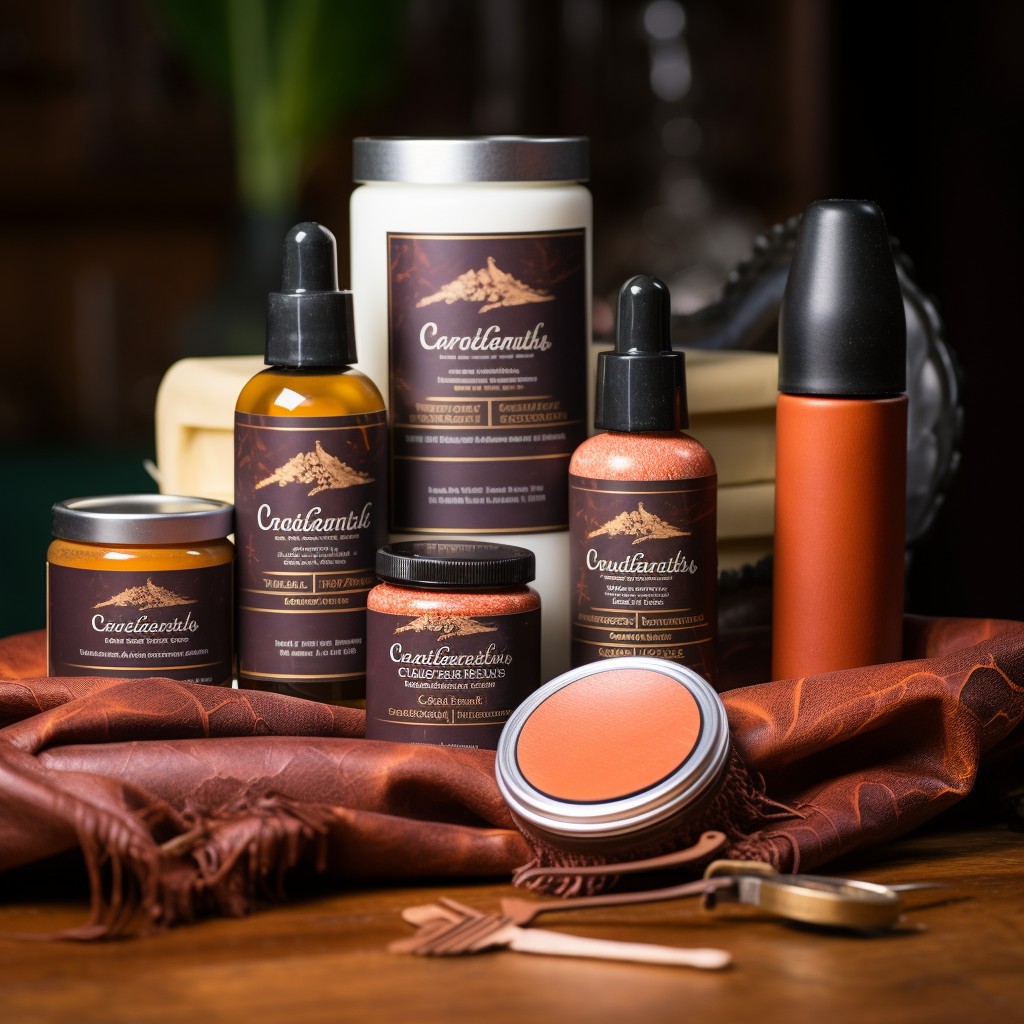
It’s durable and stylish but requires proper care to maintain its quality over time. Linseed oil has been used as a leather conditioner for many years due to its ability to penetrate the surface of the leather and provide long-lasting protection against moisture damage.
However, if you’re looking for an alternative that doesn’t contain any harsh chemicals or solvents, there are several options available. One such option is coconut oil which can be applied directly onto the surface of your leather items using a soft cloth or sponge.
Another great alternative is jojoba oil which has similar properties to human sebum making it an excellent natural moisturizer that won’t clog pores or leave behind any greasy residue on your leather items.
If you prefer something with more water resistance properties than linseed oil then beeswax could be just what you need! Beeswax creates a protective barrier on top of your leather item preventing water from penetrating through while still allowing air circulation so it doesn’t dry out too quickly either!.
Tung Oil Benefits
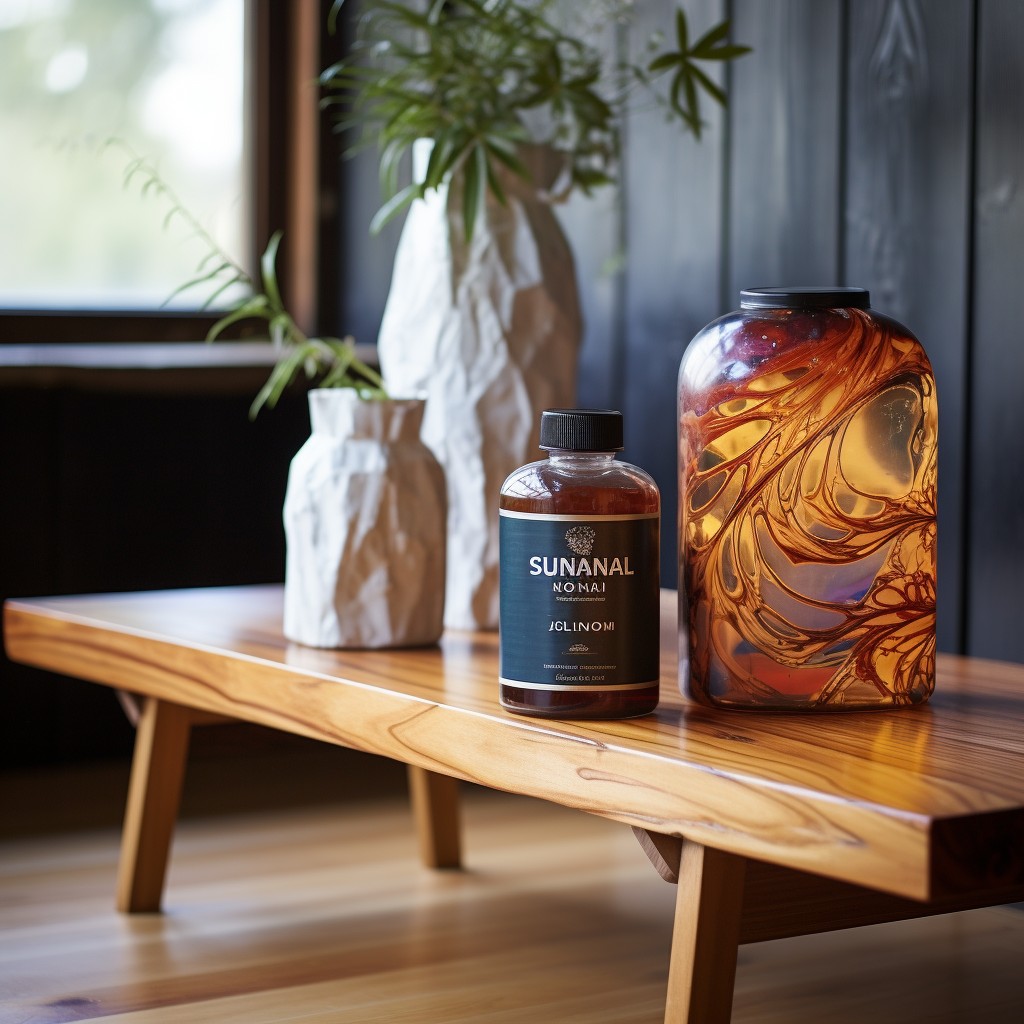
Tung oil is extracted from the seeds of a tung tree and has been used for centuries in China as a wood finish. It has gained popularity in recent years due to its many benefits, including its ability to resist water, stains, and scratches.
Tung oil penetrates deeply into wood fibers, providing long-lasting protection against moisture damage. Unlike some other oils that can leave a sticky residue or require frequent reapplication, tung oil dries quickly and leaves behind a natural-looking matte finish.
Another benefit of using tung oil is that it does not yellow over time like some other finishes do. This makes it an excellent choice for preserving the natural color of light-colored woods such as maple or birch.
Walnut Oil Uses

This natural product has been used for centuries in various applications, including painting and wood finishing. Walnut oil is extracted from the nuts of the walnut tree and contains high levels of omega-3 fatty acids, making it a healthy choice for cooking as well.
When it comes to home decor, walnut oil can be used as a finish on wooden furniture or floors. It provides a warm tone that enhances the natural beauty of wood while protecting it from moisture damage.
In addition to its use in woodworking, artists also appreciate using walnut oil as an alternative medium for painting. Its slow-drying properties make it ideal for blending colors and creating subtle transitions between shades.
Sunflower Oil Applications

It is extracted from sunflower seeds and has a light color and mild flavor, making it an excellent choice for those who want to avoid strong odors or tastes in their projects.
One of the main benefits of using sunflower oil as an alternative to linseed oil is its drying time. Sunflower oil dries faster than linseed oil, which means you can finish your project more quickly without sacrificing quality.
Sunflower Oil also has excellent moisturizing properties that make it ideal for use on woodwork and leather items such as bags or shoes. Its high vitamin E content helps nourish the material while protecting it from damage caused by exposure to sunlight or moisture.
Safflower Oil Advantages
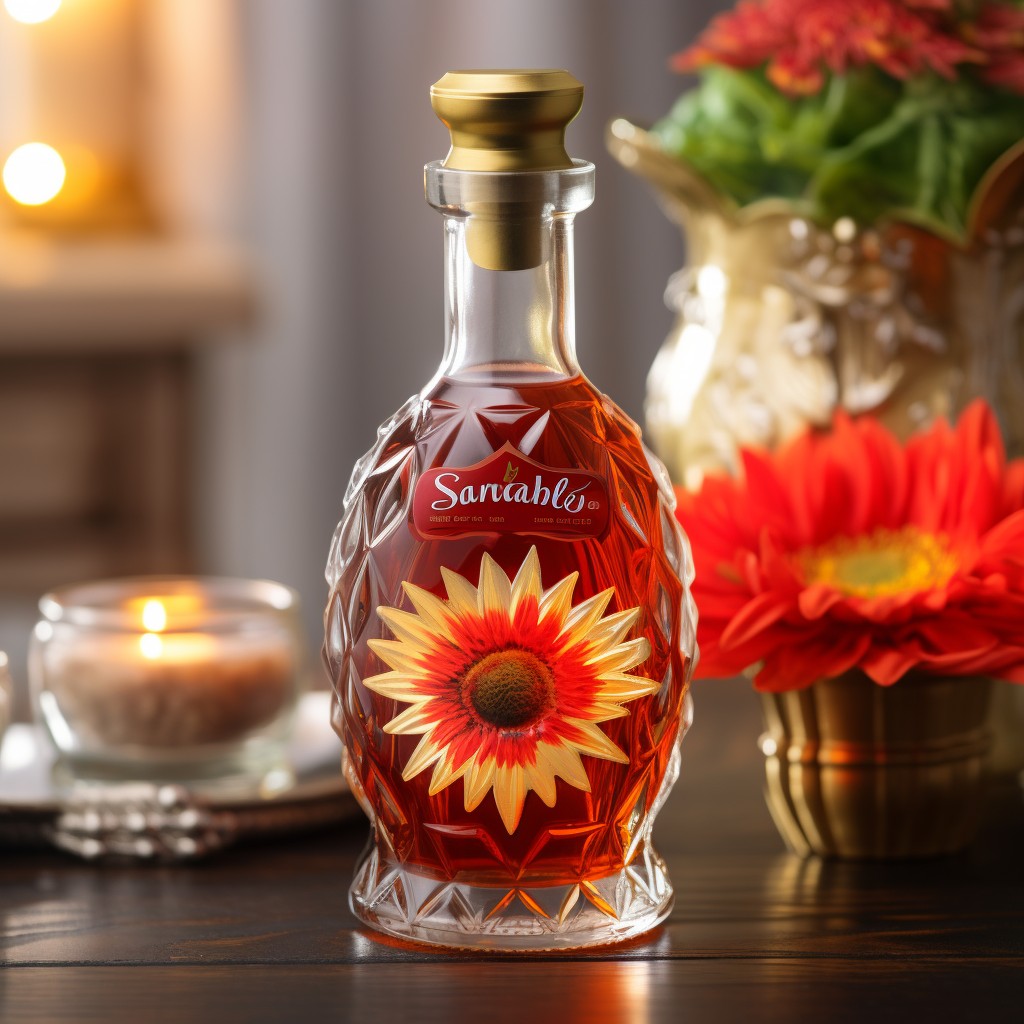
It is extracted from the seeds of the safflower plant and has a pale yellow color with a mild odor. One of the main advantages of safflower oil over linseed oil is its drying time, which can be significantly faster.
This makes it an ideal choice for those who want to finish their projects quickly without compromising on quality.
Another advantage of safflower oil is its low toxicity level, making it safe for use around children and pets. It does not emit harmful fumes or odors during application or curing.
Safflower oil also boasts high levels of vitamin E and omega-6 fatty acids, which are beneficial for skin health when used as a moisturizer or massage medium.
Poppyseed Oil Properties
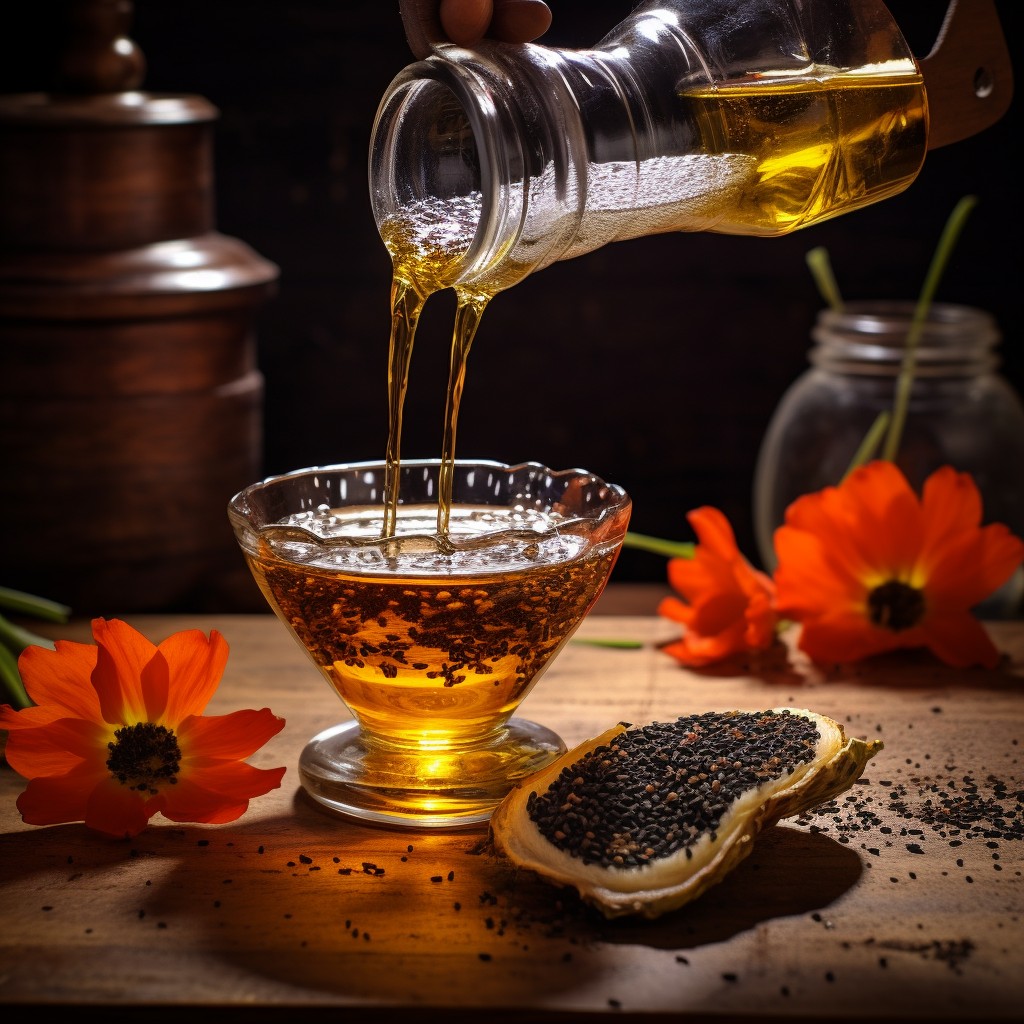
It is extracted from the seeds of the poppy plant and has a pale yellow color with a mild nutty aroma. Poppyseed oil dries slower than linseed oil, making it an excellent choice for artists who want more time to work on their paintings without worrying about them drying too quickly.
One of the unique properties of poppy seed oil is its ability to resist yellowing over time, which makes it ideal for use in white or light-colored paints. This type of vegetable-based drying oils does not contain any toxic substances like lead or cadmium found in some other types.
When used as a wood finisher, poppy seed oils penetrate deeply into the pores and fibers while providing protection against moisture damage. Its low viscosity allows easy application without leaving brush marks or streaks on your wooden surfaces.
Soybean Oil Features

It is made from soybeans and has several features that make it an excellent choice for home decorators and DIY enthusiasts. Soybean oil dries faster than linseed oil, which means you can apply multiple coats in a shorter amount of time.
It does not yellow over time like some other oils do, so your woodwork will maintain its natural color.
One of the best things about soybean oil is that it’s readily available at most hardware stores or online retailers. You don’t have to go out of your way to find this product; simply add it to your cart along with any other supplies you need.
Another advantage of using soybean oil as a substitute for linseed oil is that it’s less likely to cause allergic reactions in people who are sensitive or allergic to nuts (linseed comes from flaxseeds). This makes soybean ideal if you’re working on projects around children or pets.
Alkyd Resin Formulations
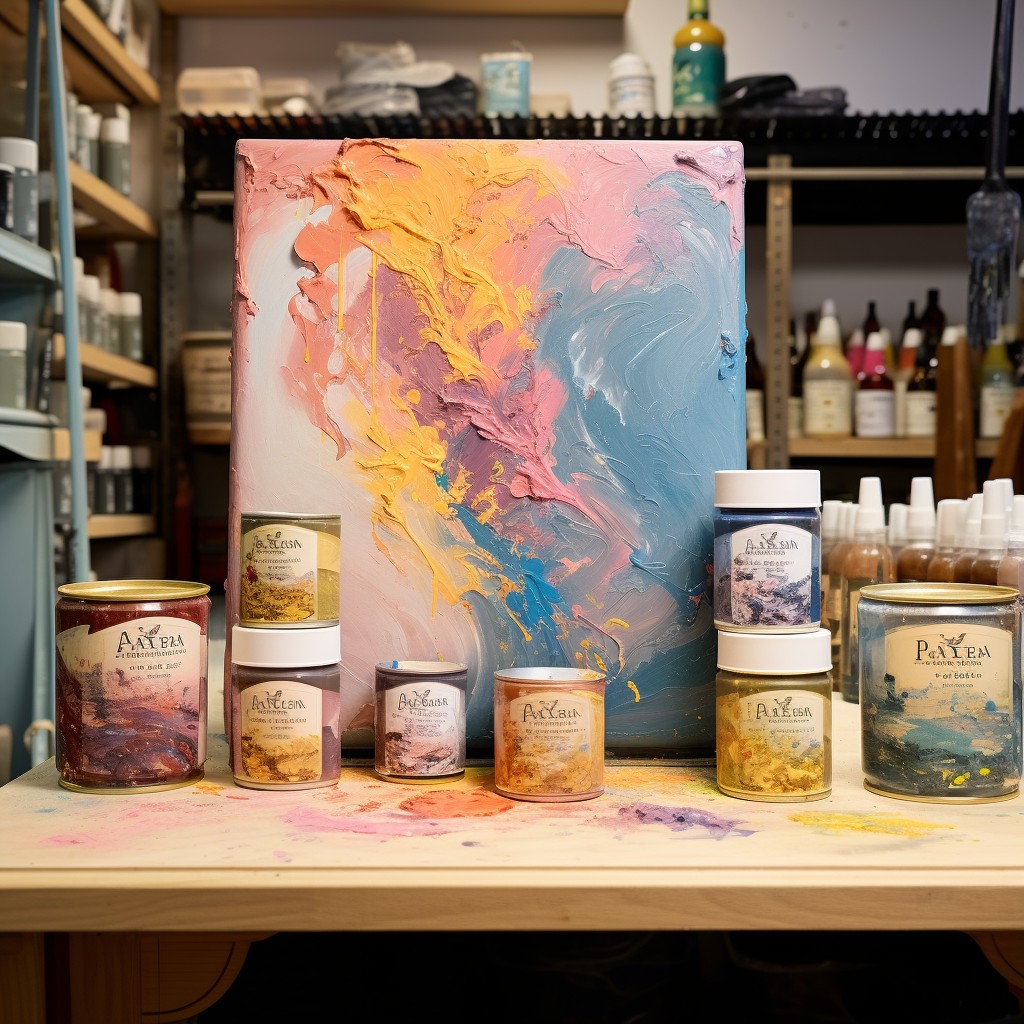
These synthetic resins are made by reacting a polyol with a dibasic acid or anhydride, and they can be modified in various ways to achieve different properties. Alkyds have been used for many years as binders in paints, varnishes, and coatings because of their excellent durability and resistance to weathering.
One advantage of alkyd resins is that they dry faster than traditional oils like linseed oil. They also tend to produce less yellowing over time compared with some other drying oils.
Alkyds can be formulated into water-based products which makes them more eco-friendly than solvent-based alternatives.
However, it’s important to note that not all alkyds are created equal – some may contain harmful solvents or heavy metals such as lead or cadmium pigments which should be avoided if possible.
Stand Oil Options

It is made by heating linseed oil at high temperatures until it thickens into a gel-like consistency. Stand oil has several advantages over raw or boiled linseed oils, including increased transparency and reduced yellowing over time.
One of the main benefits of stand oil is its ability to enhance the flow and leveling properties of paint without affecting its color or texture. This makes it an ideal choice for artists who want more control over their brushstrokes while maintaining the integrity of their work.
Another advantage of stand oil is that it dries more slowly than other drying oils like boiled linseed or walnut oils, which can be beneficial when working on large-scale projects that require longer drying times.
Polymerized Oils

These oils have been treated with heat and oxygen, which causes them to thicken and harden over time. This process creates a more durable finish than traditional drying oils like linseed oil.
One of the most popular polymerized oils is boiled linseed oil, which has been heated during production. It dries faster than raw linseed oil and provides a glossy finish when applied correctly.
Another option is stand oil, which is made by heating raw or refined flax seed oil without any added solvents or driers until it thickens into a gel-like consistency. Stand Oil takes longer to dry but provides an even glossier finish compared with boiled Linseed Oil.
Polymerized tung and walnut oils are also available in the market as alternatives for those who prefer non-toxic options since they do not contain heavy metals such as cobalt that can be found in some other types of polymerizing agents used for making drying-oils.
Beeswax Alternatives
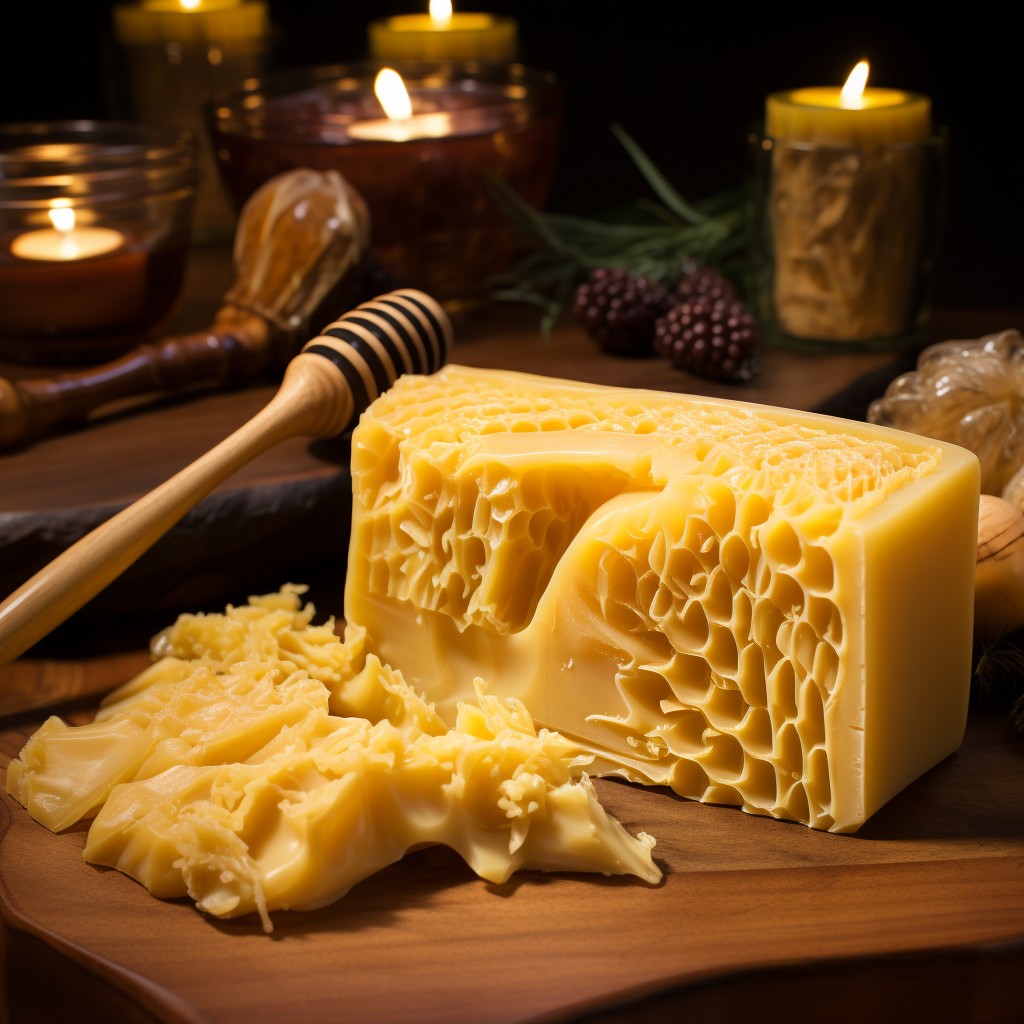
It has been used for centuries as a wood finish and polish due to its water-resistant properties. However, if you are looking for an alternative that does not involve beeswax, there are several other options available.
One such option is carnauba wax which comes from the leaves of the Brazilian palm tree. It is known for its high melting point and hardness making it ideal as a protective coating on woodwork or leather items.
Another option worth considering is shellac which comes from the secretions of lac bugs found in India and Thailand. Shellac can be used as both a sealer and finisher on various surfaces including woodwork, metal objects or even food products like fruits.
Soy wax can also be considered an eco-friendly substitute to beeswax with similar properties when it comes to sealing wooden surfaces while providing protection against moisture damage.
Carnauba Wax Characteristics

It is derived from the leaves of the carnauba palm tree, which grows in Brazil. This wax has several characteristics that make it an excellent choice for finishing woodwork and other surfaces.
One of the main advantages of carnauba wax is its durability. It forms a hard, protective layer on top of wood or other materials, which can withstand wear and tear over time.
This type of wax does not yellow with age like some oils do.
Another benefit to using carnauba wax as an alternative to linseed oil is its water resistance properties. Unlike many oils that can be damaged by exposure to moisture or humidity, this type of natural was repels water effectively.
Carnauba Wax also provides a glossy finish when applied correctly making it ideal for use on floors and furniture pieces where you want your work’s beauty highlighted while still being protected from everyday wear-and-tear damage.
Drying Oils Comparison
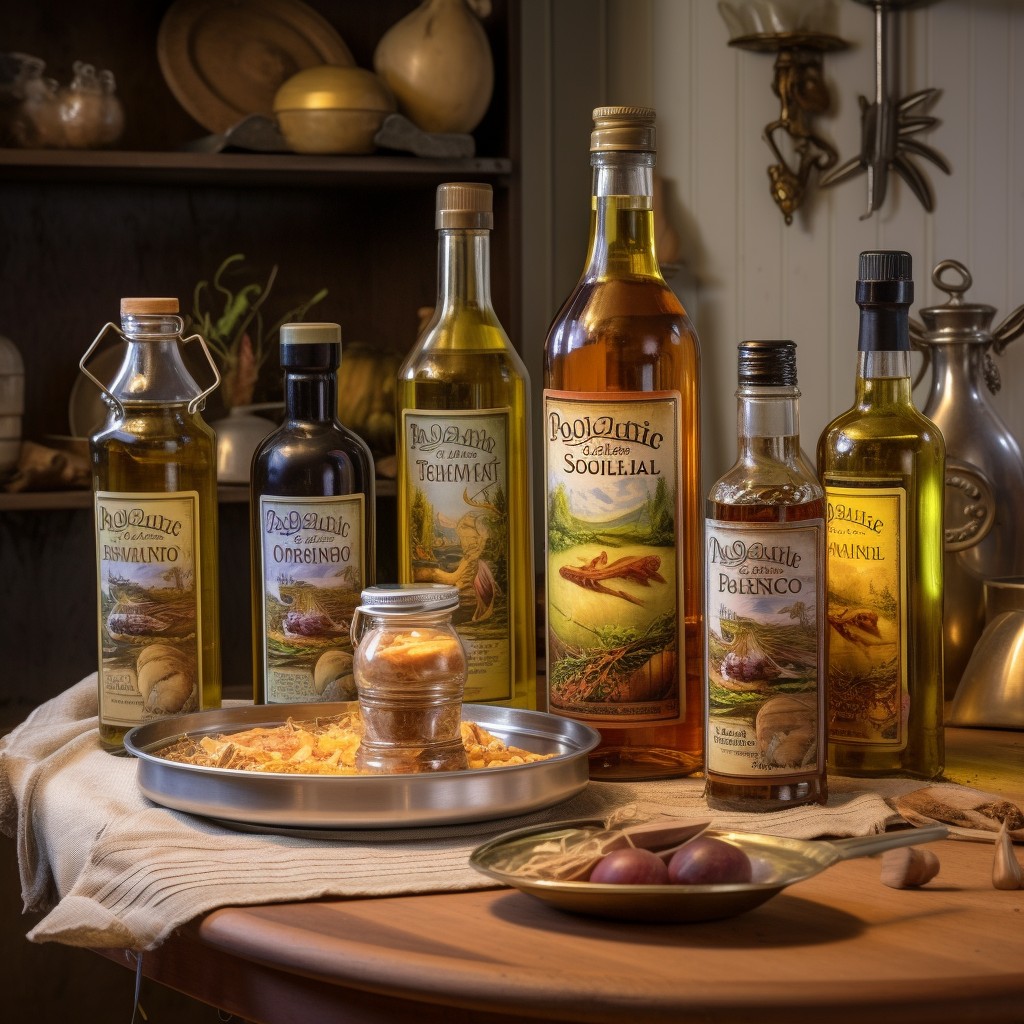
However, not all drying oils are created equal. Some take longer to dry than others, while some may yellow over time or have other undesirable properties.
When comparing drying oils, it is important to consider factors such as drying time, color change over time (if any), and overall durability. Linseed oil is known for its fast-drying properties but can yellow with age if not used correctly.
Tung oil dries slower but has excellent water resistance and does not yellow like linseed oil.
Walnut oil is another option that dries relatively quickly without changing color significantly over time. It also has a pleasant nutty aroma which makes it an attractive alternative for those who dislike the smell of linseed or tung oil.
Safflower and sunflower oils are two more options worth considering due to their low toxicity levels compared with other alternatives on this list; however they do tend to be less durable than some of their counterparts mentioned above.
Semi-Drying Oils

These oils have a slower drying time than traditional drying oils, making them ideal for artists who want more control over their work. Semi-drying oils include soybean oil, cottonseed oil, and corn oil.
One of the benefits of using semi-drying oils is that they do not yellow over time like some other types of drying oils can. This makes them an excellent choice for preserving the natural color and beauty of woodwork or leather items.
Another advantage is that semi-drying oils tend to be less expensive than fully drying ones such as linseed or tung oil. They also have a longer shelf life due to their lower tendency to oxidize quickly.
Non-Drying Oils
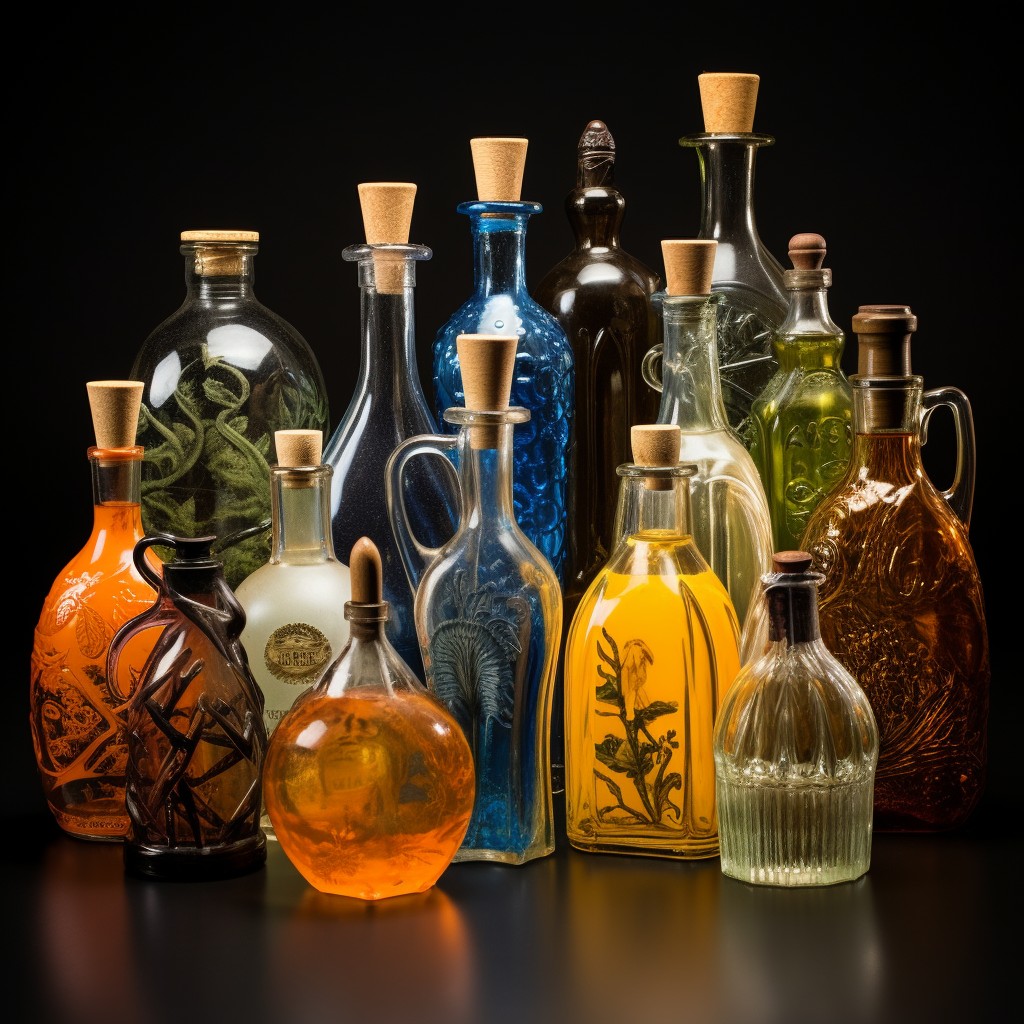
These oils do not harden over time, which makes them ideal for certain applications such as lubrication or conditioning leather. Some popular non-drying oils include mineral oil, olive oil, and jojoba oil.
Mineral Oil is a clear and odorless liquid that is derived from petroleum. It has many uses in the home including as a lubricant for kitchen appliances or as an ingredient in beauty products.
Olive Oil is another popular choice due to its availability and affordability. It has been used for centuries in cooking but also has benefits when applied topically on skin or hair.
Jojoba Oil comes from the seeds of the Jojoba plant native to North America. This versatile liquid wax can be used on hair, skin, nails and even woodwork!
Water-Based Alternatives

These products offer a range of benefits, including low toxicity, easy cleanup, and quick drying times. They are also more environmentally friendly than traditional oil-based products.
One option is water-based polyurethane varnish. This product provides excellent protection for woodwork while giving it a clear finish that enhances its natural beauty.
It dries quickly and can be applied with a brush or roller.
Another alternative is acrylic paint, which can be used on various surfaces such as walls, furniture or even fabrics! Acrylic paints come in an array of colors to choose from; they dry quickly too making them perfect for those who want to complete their projects fast!.
If you’re looking for something that’s both eco-friendly and versatile then look no further than milk paint! Made from all-natural ingredients like casein protein (found in milk), lime powder & pigment powders – this type of paint has been around since ancient Egypt but has recently made a comeback due to its non-toxic nature.
Final Thoughts – Linseed Oil Substitutes

Whether you’re looking for a more eco-friendly option or simply want to try something new, the options listed above provide excellent substitutes. It’s important to note that each product has its own unique properties and benefits, so it’s essential to choose the right one based on your specific needs.
When selecting an alternative oil or wax, consider factors such as drying time, durability and finish quality. Some oils may take longer than others to dry completely while some waxes may not offer enough protection against moisture damage.
Ultimately it comes down personal preference and experimentation with different products until you find what works best for your project. So go ahead and explore these exciting alternatives – who knows? You might just discover a new favorite!
FAQ
What oil is similar to linseed oil?
Similar to linseed oil, pure tung oil is a good substitute as it dries faster, doesn’t yellow, and provides a harder, more water-resistant finish; it is also eco-friendly, non-toxic, and food-safe.
Can I use olive oil instead of linseed oil on wood?
Yes, you can use olive oil instead of linseed oil on wood, but avoid using virgin olive oil as it doesn’t work as well.
What is a synthetic alternative to linseed oil?
A synthetic alternative to linseed oil is alkyd resins, which include lacquer, polyurethane, and varnish.
What is better than linseed oil?
Tung oil is better than linseed oil because it provides a food-safe, water-resistant finish, is not prone to mold, and maintains a beautiful matte amber color that doesn’t darken over time.
Are there any eco-friendly substitutes for linseed oil?
Yes, tung oil and soy-based oils are eco-friendly substitutes for linseed oil.
How does walnut oil compare to linseed oil for artistic purposes?
Walnut oil dries more slowly and has less yellowing than linseed oil, making it a preferred choice for many artists.
Can tung oil be used as an alternative to linseed oil in wood finishing?
Yes, tung oil can be used as an alternative to linseed oil in wood finishing.
Recap
